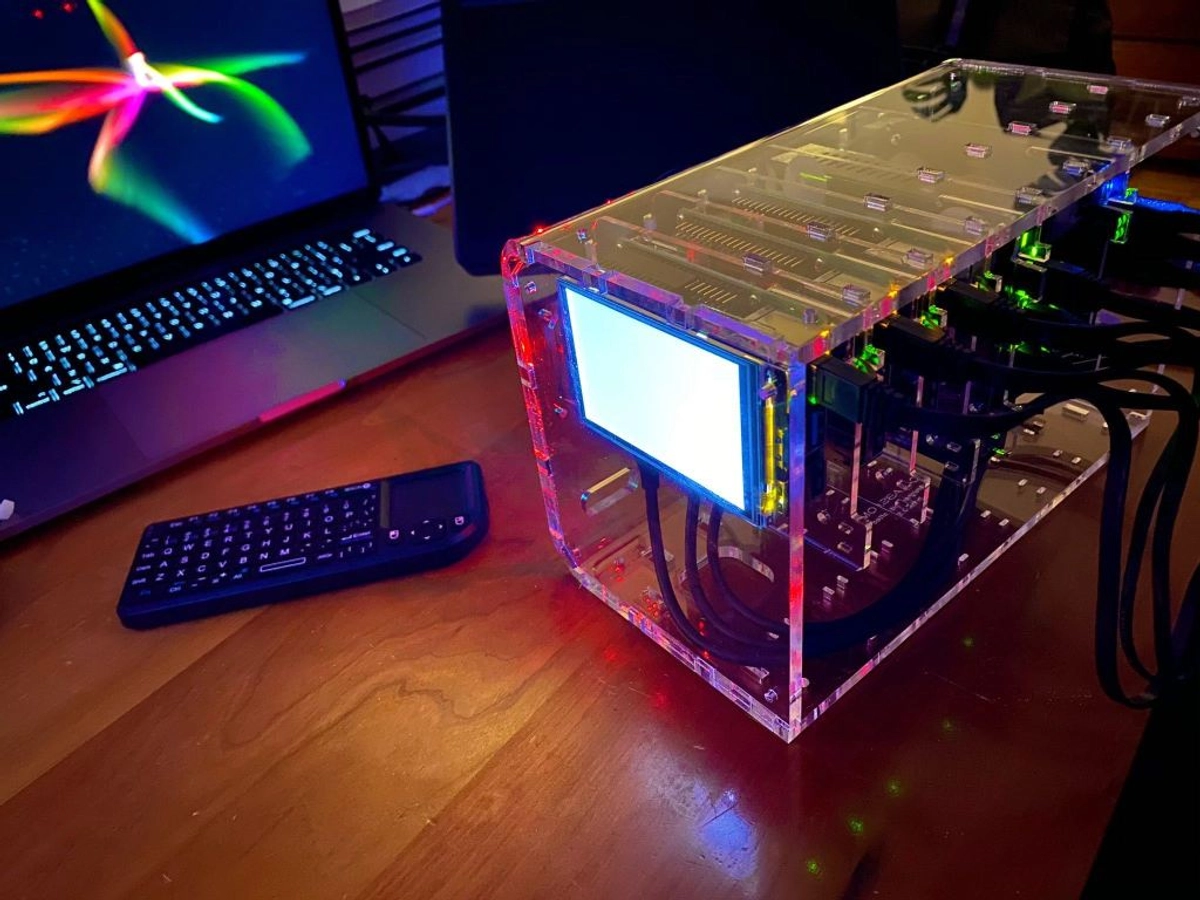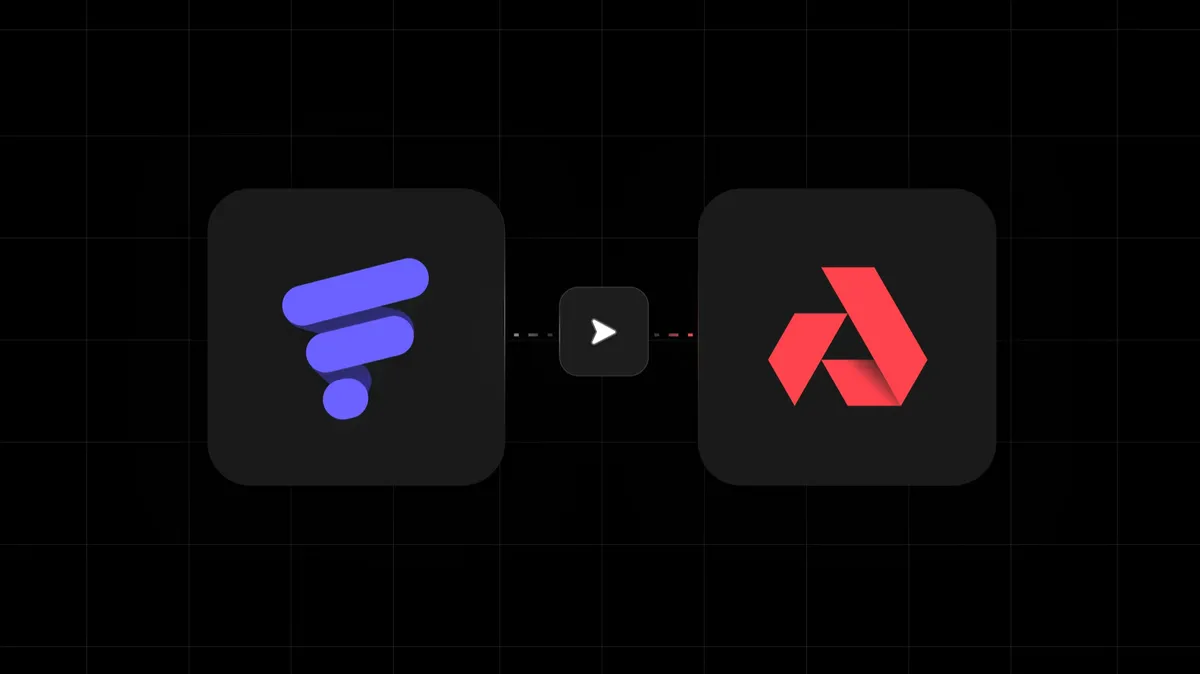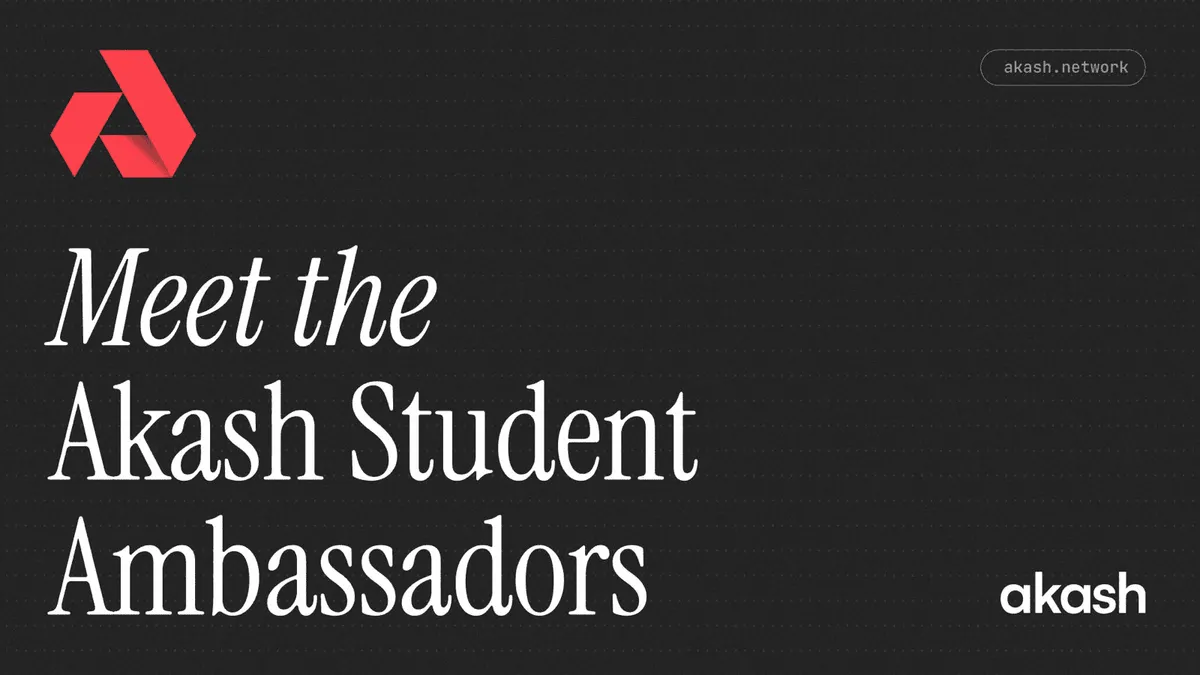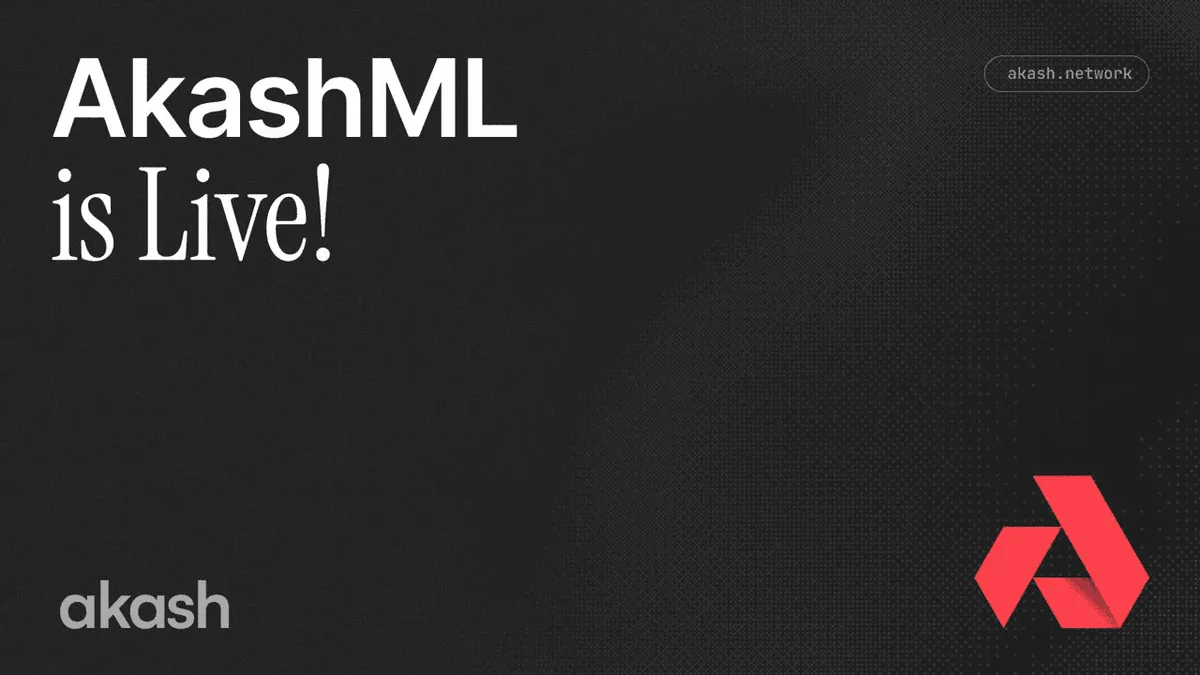
At Akash, we’ve been working at the intersection of cloud, blockchain, and the edge, and this coming year it’s exciting to see technologies we’ve long championed achieve broader adoption and transform multiple industries. Overall, there is a movement to sovereignty–of platform, technology, data, privacy, and cost. We’re also seeing new technologies and devices leverage infrastructure, crypto incentives, and the edge in-home.
As we look to 2020, we see six key trends set to transform the future of the cloud.
1. Cost Sovereignty
According to RightScale’s 2019 State of the Cloud report, increased cloud usage has made cloud cost optimization the top priority for three consecutive years. For enterprises, the top responsibility of central IT is managing and reducing cloud services costs. By implementing multi-cloud/hybrid cloud strategies, companies can optimize for services and providers best suited to their needs and budget. Additionally, containerization technologies like Kubernetes provide hybrid cloud platforms with more workload portability and the ability to scale those workloads across different development environments, providing even more flexibility to optimize costs.
2. Containerization
Containerization gained steam with the opensource Docker engine and Kubernetes by enabling developers to build faster and more secure apps. Larger companies are overwhelmingly choosing to utilize containers, with Kubernetes adoption reaching 60% and Docker adoption reaching 66%1. We’re also seeing many users opting for container-as-a-service products from their cloud service provider. AWS container service reached 44% adoption in 2019 and Microsoft Azure’s container service grew from 20% to 28% adoption in 20192. As containerization technologies like Kubernetes matured and commoditized software, companies are becoming more comfortable running their own data centers and serverless is picking up wider adoption.
3. Serverless Computing
Year over year, serverless has been the top growing extended cloud service, with a 50% increase over 2018 (24% to 36% adoption)3. OpenFaaS is an open-source alternative to serverless computing that is gaining adoption, with well over 20,000 stars on GitHub. With OpenFaaS, you don’t need a major cloud provider to develop and deploy serverless applications. OpenFaaS has even begun supporting machine learning frameworks which have typically only run through major cloud providers. In the coming year, we’re going to see a growing number of machine learning companies bypass major cloud providers to deploy serverless through companies like OpenFaaS.
4. Machine learning
Machine learning is the fastest growing segment in the serverless space. Machine learning companies are building applications with the potential to solve a wide range of problems from slowing climate change to transforming healthcare. According to Zion Market Research, machine learning spend will grow from \(1.58 billion in 2017 to\)20.83 billion in 2024. As machine learning requires a lot of data to make the best inferences possible, cloud computing costs will become even more important to manage for machine learning companies. 2020 will see a shift in the way machine learning companies structure their cloud strategies.
5. Edge Infrastructure
With an increasing number of IoT devices globally, bringing computation closer to where it’s needed subsequently saves bandwidth and decreases latency. New in-home networks leveraging and supporting the IOT are emerging with increased frequency. Helium, for instance, is a peer-to-peer wireless long range network that allows IoT devices to securely and inexpensively connect and send data to and from the Internet. The Akash Supermini is a powerful and portable in-home server that acts as an inference layer for IoT devices. The infrastructure edge will enable a growing number of devices like Helium and the Akash Supermini to be deployed in-home, which will play a critical role in the transition from wired to wireless infrastructure. According to the 2020 State of the Edge report, it’s projected that over $700 billion will be spent on edge infrastructure and data center facilities in the coming decade.
6. Proof of Stake
With the current market cap for PoS cryptocurrencies at \(10 Billion and over\)6 billion locked in staking, and the rapid growth of PoS networks like Tezos and Cosmos, we’re seeing a fundamental shift from Proof of Work to Proof of Stake as a consensus model for blockchain4. PoS networks like Tezos and Cosmos are decoupling from speculative cryptocurrency fluctuations as the performance of their coins is based on the health of their ecosystem, creating income generating digital asset classes. Proof of Stake crypto incentives enable infrastructure and edge technology innovations like Helium and Akash Supermini to subsidize early supply and market adoption.
- Rightscale 2019 State of the Cloud Report. Flexera, February 2019, https://www.flexera.com/about-us/press-center/rightscale-2019-state-of-the-cloud-report-from-flexera-identifies-cloud-adoption-trends.html
- Rightscale 2019 State of the Cloud Report. Flexera, February 2019, https://www.flexera.com/about-us/press-center/rightscale-2019-state-of-the-cloud-report-from-flexera-identifies-cloud-adoption-trends.html
- Rightscale 2019 State of the Cloud Report. Flexera, February 2019, https://www.flexera.com/about-us/press-center/rightscale-2019-state-of-the-cloud-report-from-flexera-identifies-cloud-adoption-trends.html
- Paradigm. “State of Stake #11: Into The New Year with A New Paradigm.” Paradigm Fund, Medium, Dec 31, 2019, https://medium.com/paradigm-fund/state-of-stake-11-into-the-new-year-with-a-new-paradigm-ae3c1bc8e8b


